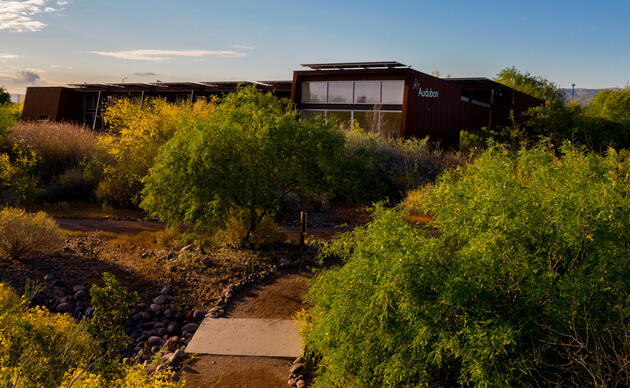The first time I was ever truly awed by the sight of a bird was on a canoeing trip in the middle-of-nowhere Montana on the Missouri River. As we floated past a rock island, I noted the mound of late-melting April snow piled up in the middle – when suddenly, the snow pile moved and out-stretched a flash of orange! A beak! It was... a pelican? I was baffled. These mysterious white snow-looking piles were American White Pelicans (Pelecanus erythrorhynchos).
How did I spend the first 20+ years of my life not knowing there were pelicans living amongst us in Montana? Surely, I thought, there must be something wrong if these birds are all the way up north swimming along the inland, chilly headwaters of the Missouri River instead of hanging out on a warm, coastal beach. Without a bird guide or access to the internet, I spent the rest of the trip contemplating and marveling at the large flocks huddled along the riverbanks.
If you have never had the honor of standing next to an American White Pelican, you may not know how large they are. Ranging from five to almost six feet in adulthood, many of these birds are taller than me.
With snow-white feathers and black-tipped wings, pelicans have nine-foot wingspans that help them glide in formation. American White Pelicans feed on various fish species, such as trout, carp, or salmon depending on the location and season. They use their 13-inch long, bright-orange beaks to scoop their fish dinner directly from the water. Pelican beaks are so large that they can hold up to three gallons of water at once. It is an impressive sight to see a pelican lifts a fish only inches away from your canoe!
Breeding adults can have a distinct yellow plate that grows vertically, like a horn, from their beak while juveniles have smooth beaks and sport gray feathers. On multiple occasions, while resting in my tent, I mistook the American White Pelicans’ signature croaking call for a lost farm pig. The chorus of oinking and quacking sounds pervaded my naps in the afternoon.
Once I returned home from my canoeing trip, I learned more about American White Pelicans’ migration path. Many pelican chicks are born and raised near inland wetlands and rivers in the northern Great Plains and Salt Lake regions, such as Utah, Montana, North Dakota, and even central Canada. Since fish are staples in pelican diets, popular breeding grounds are always near water. Pelicans prefer to build their nests on islands for protection to prevent predators, like coyotes, from attacking their young. Once juveniles are big enough to fly, American White Pelicans typically migrate south to coastal waters for the winter.
So, imagine my surprise, when eight years after my initial pelican sighting in the north, I see a flock of American White Pelicans along the banks of the Colorado River in Arizona. My jaw dropped again. I knew pelicans winter along the Gulf Coast, Southern California, or Baja, Mexico but an inland desert river? As it turns out, American White Pelicans love the Southwest. Though water resources are limited, the rivers, lakes, and wetlands provide pelicans with the essentials they need for the winter before heading back north.
Birds — such as the American White Pelican — and their habitats rely on water. That is why Audubon Southwest advocates for smart water policies that will allow our rivers, communities, farms, businesses, wildlife, habitat, and birds to thrive today and in the future. Since my first pelican sighting, I have found myself constantly craning my neck whenever I pass a waterway in the Southwest, hoping for a glimpse of those white feathers that first sparked the same awe I felt during my canoeing trip. Future generations deserve to be just as wowed by the sight of American White Pelicans as I was – let's give them the support and access to high-quality waters they need.
Join Audubon's Western Water Action Network to receive water news and action alerts about issues affecting birds nationwide. You can weigh in on water management decisions that will shape the future of western rivers, lakes, and the birds, wildlife, and people that depend on them.
Jess Raty is Audubon Southwest’s 2024-25 Arizona Water Policy Fellow. Originally from Montana, she is currently finishing her master’s degree in the Environmental Science and Policy program at Northern Arizona University in Flagstaff and is a member of the Free-flowing Rivers Lab.




